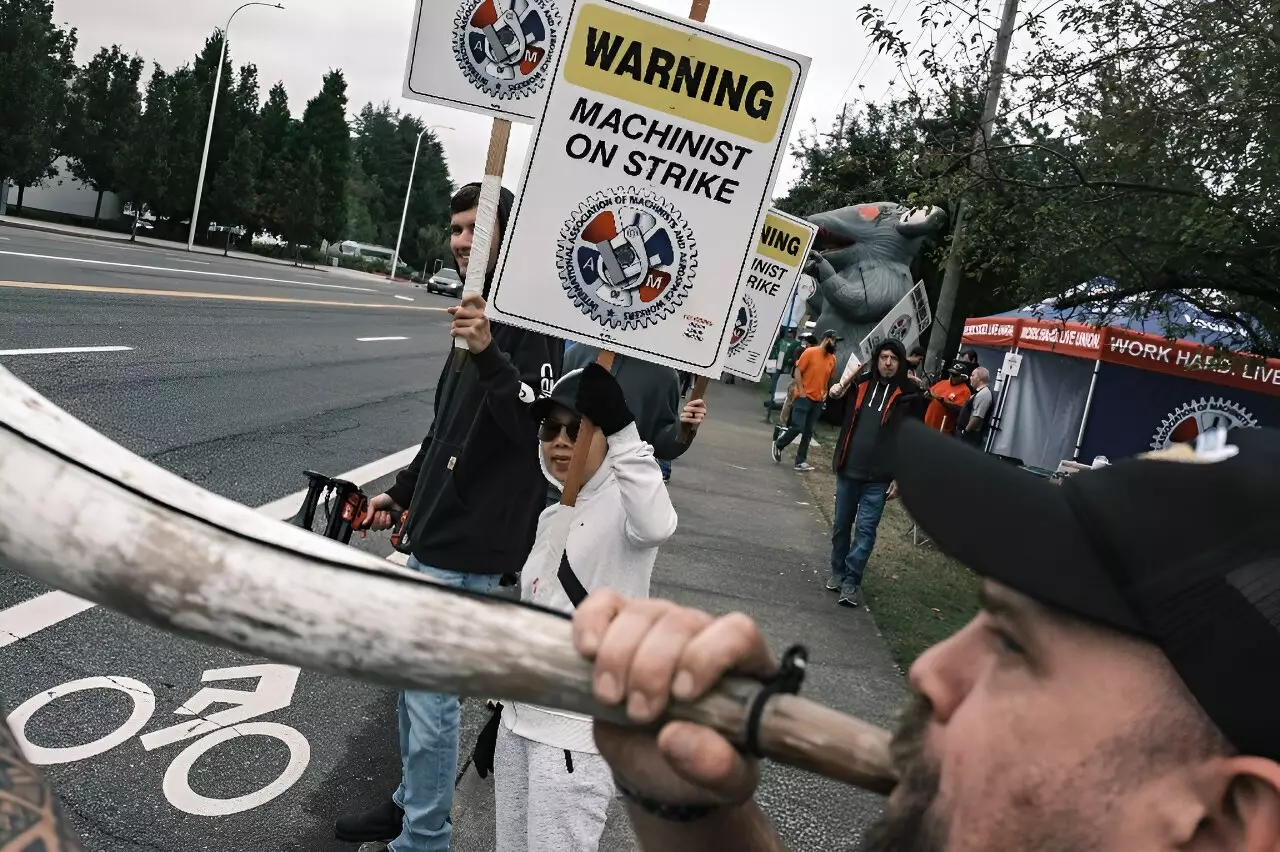In September 2023, a significant labor strike erupted at Boeing, driven by discontent among workers over contract negotiations. Approximately 33,000 employees, primarily from the Pacific Northwest, initiated the strike on September 13. This walkout was a direct consequence of the workers’ overwhelming rejection of a proposed contract that failed to meet their expectations. The assembly plants dedicated to the production of the 737 MAX and 777 models came to a standstill, reflecting the severity of this industrial action.
The International Association of Machinists and Aerospace Workers (IAM) has reported a serious breakdown in negotiations with Boeing. The union expressed disappointment, noting that talks had ceased without reaching a satisfactory agreement. They articulated their ongoing willingness to renegotiate—either directly or through mediation—highlighting the necessity for constructive dialogue in resolving the labor dispute. Meanwhile, Boeing has publicly stated its desire to continue discussions and aims to rebuild its relationship with the workforce. Their commitment to “good faith” negotiations is a clear signal of their interest in finding a resolution, though skepticism remains among striking employees.
The union’s frustration appears to center around several key issues that remained unresolved by the time talks broke down. Despite Boeing’s offer, which included a substantial 30% wage increase and the reinstatement of an annual bonus, union leaders dismissed it as insufficient. The IAM emphasized that the pension plan remained a significant sticking point, as Boeing has shown reluctance to unfreeze the defined benefit plan, a concern that weighs heavily on the workers’ minds and futures. Other critical issues such as accelerated wage progression and increased paid time off also received little traction in discussions, leading to further discontent among the workforce.
The lack of a clear path toward resuming negotiations leaves both parties in a precarious position. As Boeing grapples with the operational challenges posed by the strike, workers are left facing the uncertain implications of prolonged industrial action. The IAM’s commitment to engaging in frank discussions does not provide immediate solutions, and without a resolution, the situation may escalate further, affecting not only employees but also the broader aviation industry.
The dynamics between Boeing and its workers illustrate the larger struggles inherent in labor relations today, raising questions about corporate responsibility and fair treatment of employees. As both sides navigate this complex landscape, the outcome of these negotiations will have lasting repercussions for the future of labor rights within the aviation sector and beyond. In this critical moment, the workers’ resolve to fight for their rights serves as a reminder of the ongoing struggles between corporations and their employees, emphasizing the importance of compromise and understanding in labor negotiations.

